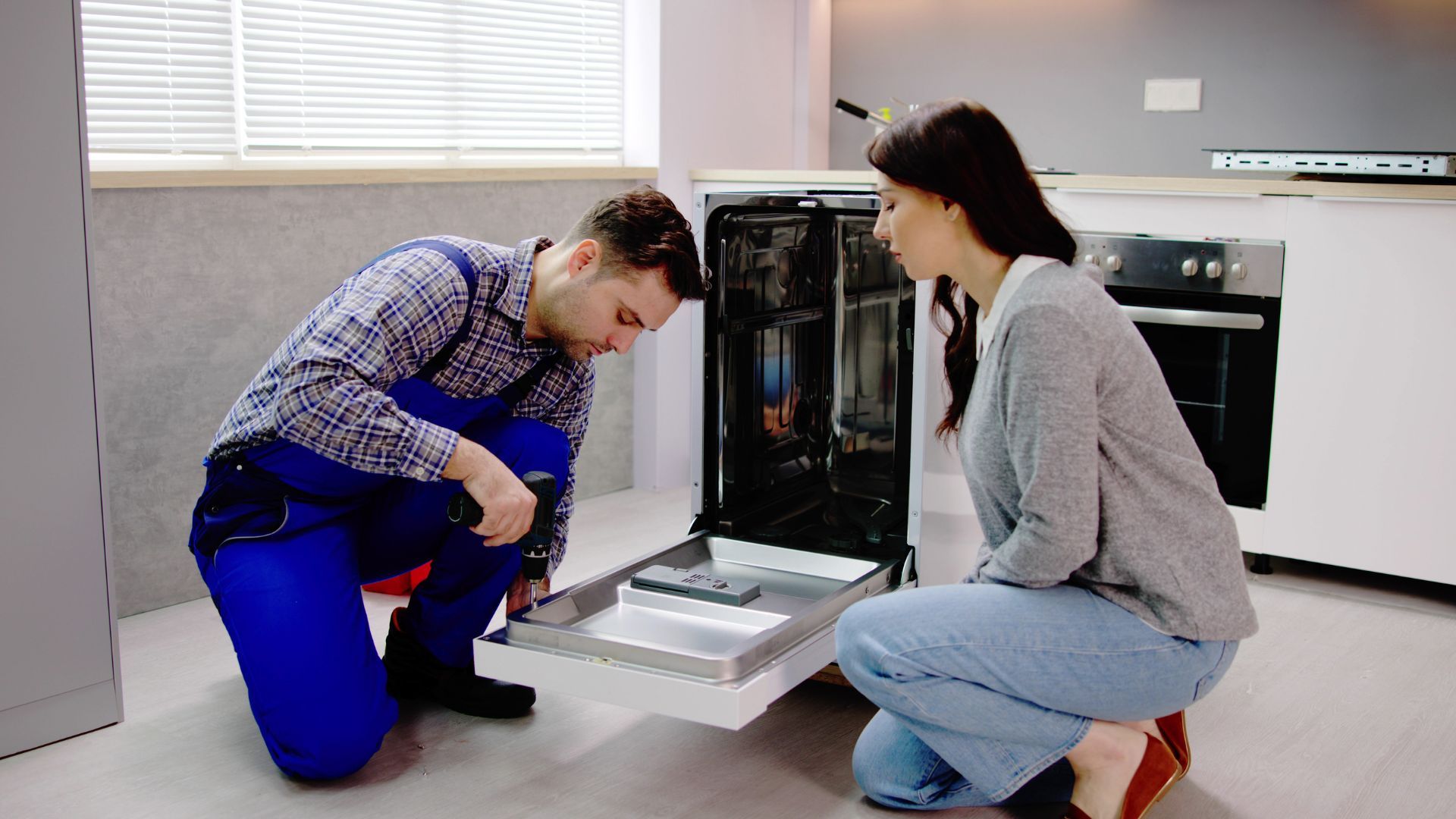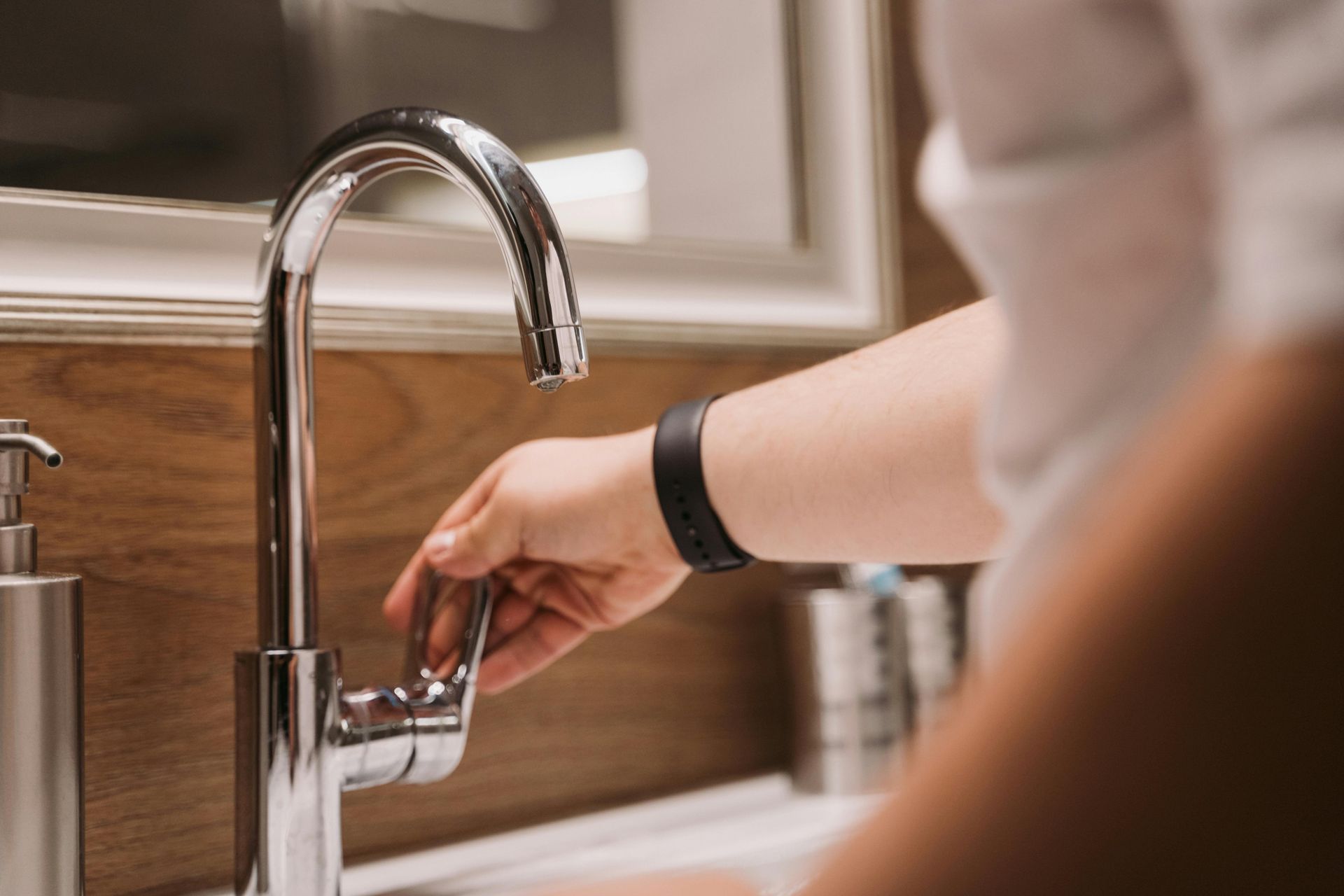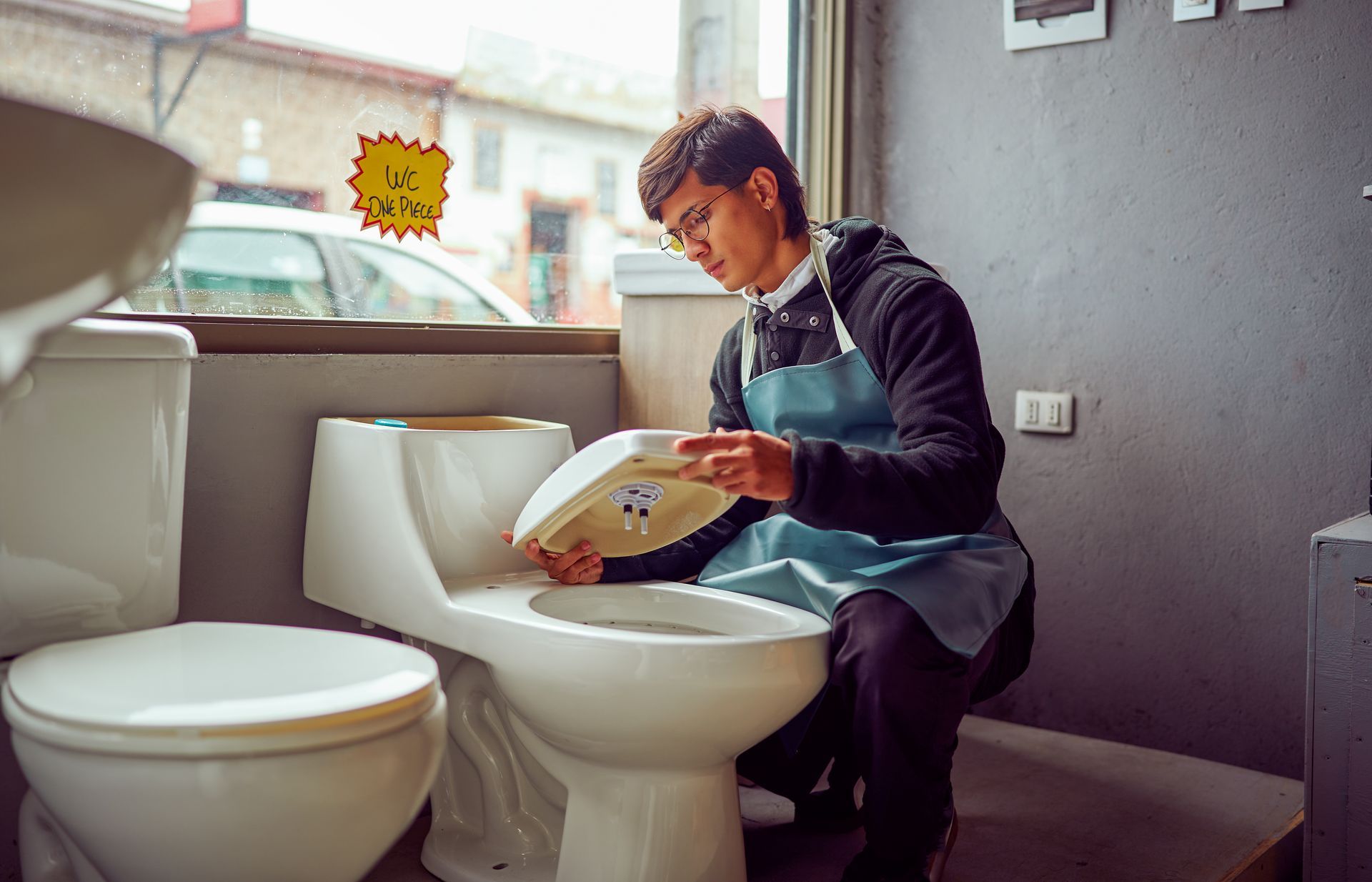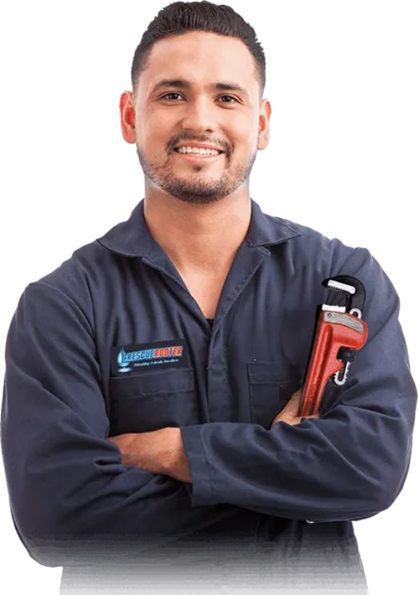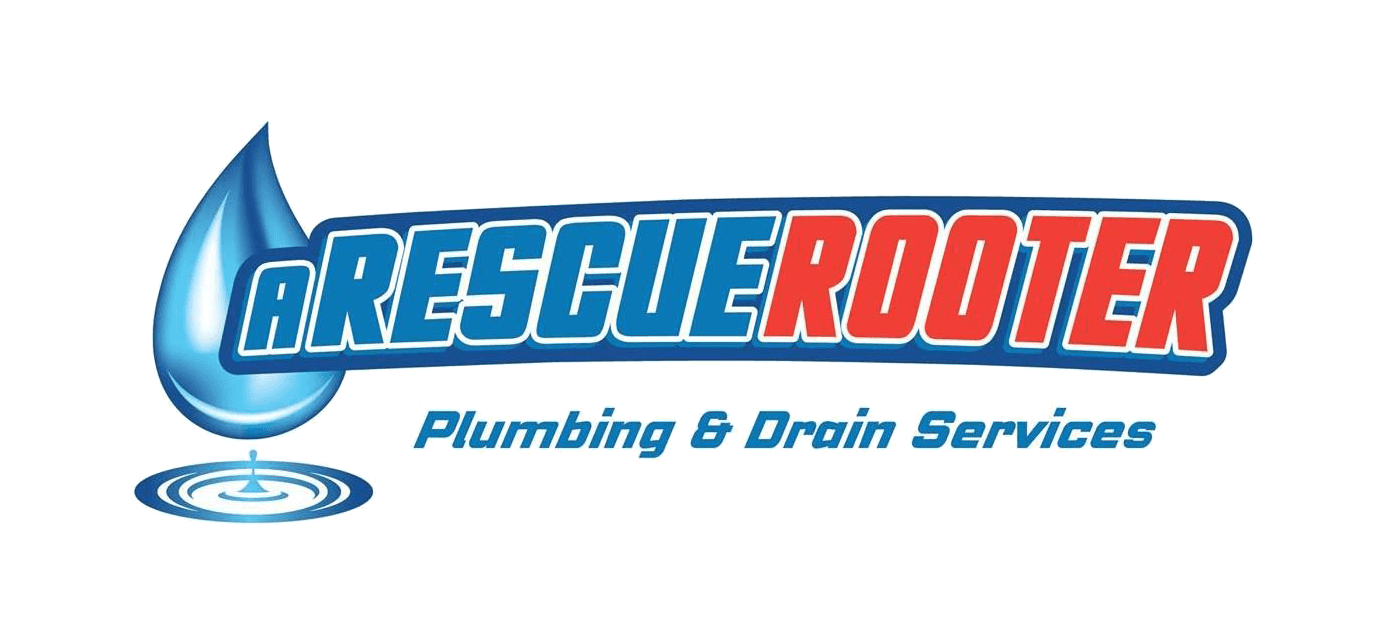Get the job done right with plumbing repair services from Rescue Rooter.
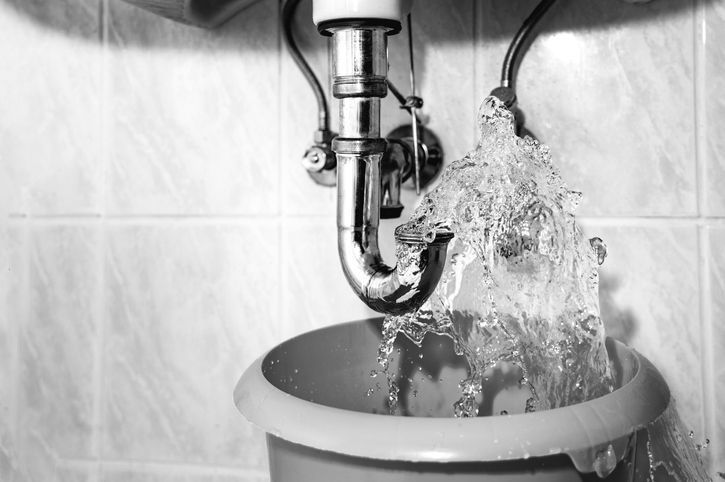
Doing it right the first time for piece of mind plumbing repairs
Are you a home owner in the Hamilton area looking for reliable plumbing repairs? You’ve come to the right place! Here, we’ll break down everything you need to know about plumbing repairs done right. From common problems like clogged drains and broken pipes to more complex issues like water heater installation, we’ll cover it all. So keep reading to learn how you can find a reliable plumber who can get your plumbing repairs done right.
Finding a Reliable Plumber
When it comes to plumbing repairs, there’s no one-size-fits-all solution. That’s why it’s so important to find a plumber that knows what they are doing and is experienced enough to handle the job properly. The best way to go about this is by asking friends and family for recommendations or by searching online for reviews. It's also worth checking out the Better Business Bureau (BBB) website as they rate businesses based on customer feedback and quality of service.
Once you have some potential plumbers in mind, make sure that you ask plenty of questions before hiring them. This includes finding out if they are licensed and insured, what their hourly rates are, and if they offer any guarantees on their work. These details will help ensure that your plumbing repair project is completed correctly the first time around.
Common Plumbing Problems
It's likely that you will experience at least one plumbing problem during your time as a homeowner—and that's perfectly normal! Common issues include clogged drains or toilets, broken pipes, leaking faucets or showers, low water pressure, and faulty water heaters just to name a few. Generally speaking, these types of problems can usually be resolved without too much trouble but it's always best practice to call a professional plumber in order to avoid further damage down the line.
Water Heater Installation
Another common issue with older homes is outdated water heaters which may not meet modern standards or produce sufficient hot water for your needs. If this sounds like something you're dealing with then it may be time for an upgrade! Installing a new water heater requires specialized knowledge and skills so it's essential that you hire an experienced plumber who has carried out similar projects before in order to ensure that everything is done correctly from start to finish. Fortunately, new water heater models are highly efficient which means lower energy bills over time – definitely worth considering!
Conclusion:
All in all, when it comes time for plumbing repairs in Hamilton you want someone who knows what they're doing and can get the job done right the first time around - enter your local reliable plumbers! With their help you can rest assured knowing that any common problems such as clogged drains or faulty pipes will be fixed quickly while more complex issues such as installing a new water heater will be handled with ease and expertise so that your home runs smoothly once again. So don't wait – contact your local Hamilton plumber today!
